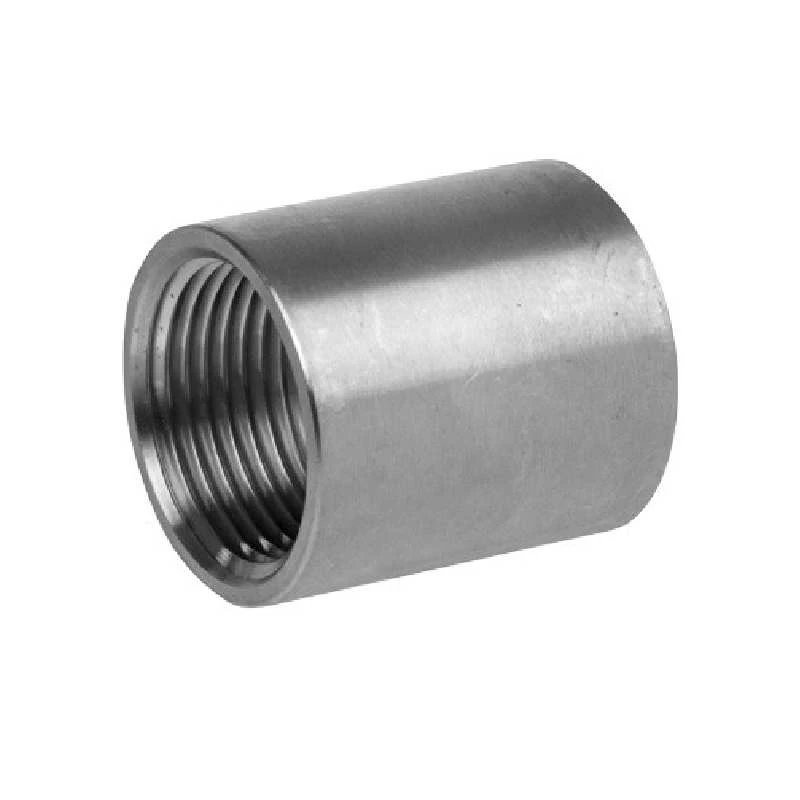-
Cangzhou Yulong Steel Co., Ltd.
-
Phone:
+86 13303177267 -
Email:
admin@ylsteelfittings.com
- English
- Arabic
- Italian
- Spanish
- Portuguese
- German
- kazakh
- Persian
- Greek
- French
- Russian
- Polish
- Thai
- Indonesian
- Vietnamese
- Zulu
- Korean
- Uzbek
- Hindi
- Serbian
- Malay
- Ukrainian
- Gujarati
- Haitian Creole
- hausa
- hawaiian
- Hebrew
- Miao
- Hungarian
- Icelandic
- igbo
- irish
- Japanese
- Javanese
- Kannada
- Khmer
- Rwandese
- Afrikaans
- Albanian
- Amharic
- Armenian
- Azerbaijani
- Basque
- Belarusian
- Bengali
- Bosnian
- Bulgarian
- Catalan
- Cebuano
- China
- China (Taiwan)
- Corsican
- Croatian
- Czech
- Danish
- Esperanto
- Estonian
- Finnish
- Frisian
- Galician
- Georgian
- Kurdish
- Kyrgyz
- Lao
- Latin
- Latvian
- Lithuanian
- Luxembourgish
- Macedonian
- Malgashi
- Malayalam
- Maltese
- Maori
- Marathi
- Mongolian
- Myanmar
- Nepali
- Norwegian
- Norwegian
- Occitan
- Pashto
- Dutch
- Punjabi
- Romanian
- Samoan
- Scottish Gaelic
- Sesotho
- Shona
- Sindhi
- Sinhala
- Slovak
- Slovenian
- Somali
- Sundanese
- Swahili
- Swedish
- Tagalog
- Tajik
- Tamil
- Tatar
- Telugu
- Turkish
- Turkmen
- Urdu
- Uighur
- Welsh
- Bantu
- Yiddish
- Yoruba

Oct . 07, 2024 10:08 Back to list
stainless steel concentric reducer
Understanding Stainless Steel Concentric Reducers
Stainless steel concentric reducers are essential components in various piping systems, designed to connect two pipes of different diameters while maintaining the same axis. This type of fitting is crucial in industries such as oil and gas, water treatment, chemical processing, and many others. Their primary function is to facilitate a smooth transition between pipe sizes, ensuring efficient flow and minimizing turbulence.
Design and Structure
A concentric reducer is characterized by its symmetrical shape, allowing for a gradual change in diameter from the larger inlet to the smaller outlet. This design contrasts with eccentric reducers, which have an offset configuration that can cause uneven flow and pressure drops. The construction of stainless steel concentric reducers ensures that the flow remains balanced and laminar, preventing issues such as cavitation and erosion within the pipeline.
Stainless steel is an ideal material for these reducers due to its corrosion resistance, high durability, and ability to withstand extreme temperatures and pressures. The most commonly used grades include 304 and 316 stainless steel, which offer excellent mechanical properties and resistance to various chemicals, making them suitable for diverse applications.
Applications
Stainless steel concentric reducers are widely utilized in several applications
1. HVAC Systems They are used in heating, ventilation, and air conditioning systems to connect ducts of different sizes, ensuring optimal air flow and energy efficiency.
stainless steel concentric reducer

3. Chemical Processing These fittings are essential in chemical plants, helping to manage the flow of various substances safely and efficiently. The resistance of stainless steel to corrosion is particularly important here, as the materials being transported may be highly reactive.
4. Water Treatment In water treatment facilities, concentric reducers play a crucial role in managing the flow of water through filtration and purification systems. Their durability ensures a long service life and reliable operation under harsh conditions.
Installation and Maintenance
Installing stainless steel concentric reducers requires precision to ensure leak-free connections. Proper welding techniques or the use of appropriate mechanical fittings is vital for maintaining the integrity of the piping system. Regular maintenance checks are also advised to identify any potential issues, such as corrosion or wear, especially in environments with aggressive chemicals or fluctuating temperatures.
Conclusion
In summary, stainless steel concentric reducers are vital components that facilitate efficient flow in various piping systems. Their robust construction, resistance to corrosion, and ability to handle different pressures make them a preferred choice across many industries. Whether utilized in HVAC, oil and gas, chemical processing, or water treatment, these fittings ensure that systems operate smoothly and effectively. Understanding their design, applications, and maintenance requirements is essential for engineers and technicians working with piping systems, as proper implementation can significantly enhance system performance and longevity.
Latest news
-
ANSI 150P SS304 SO FLANGE
NewsFeb.14,2025
-
ASTM A333GR6 STEEL PIPE
NewsJan.20,2025
-
ANSI B16.5 WELDING NECK FLANGE
NewsJan.15,2026
-
ANSI B16.5 SLIP-ON FLANGE
NewsApr.19,2024
-
SABS 1123 FLANGE
NewsJan.15,2025
-
DIN86044 PLATE FLANGE
NewsApr.19,2024
-
DIN2527 BLIND FLANGE
NewsApr.12,2024
-
JIS B2311 Butt-Welding Fittings LR/SR 45°/90° /180°Seamless/Weld
NewsApr.23,2024











